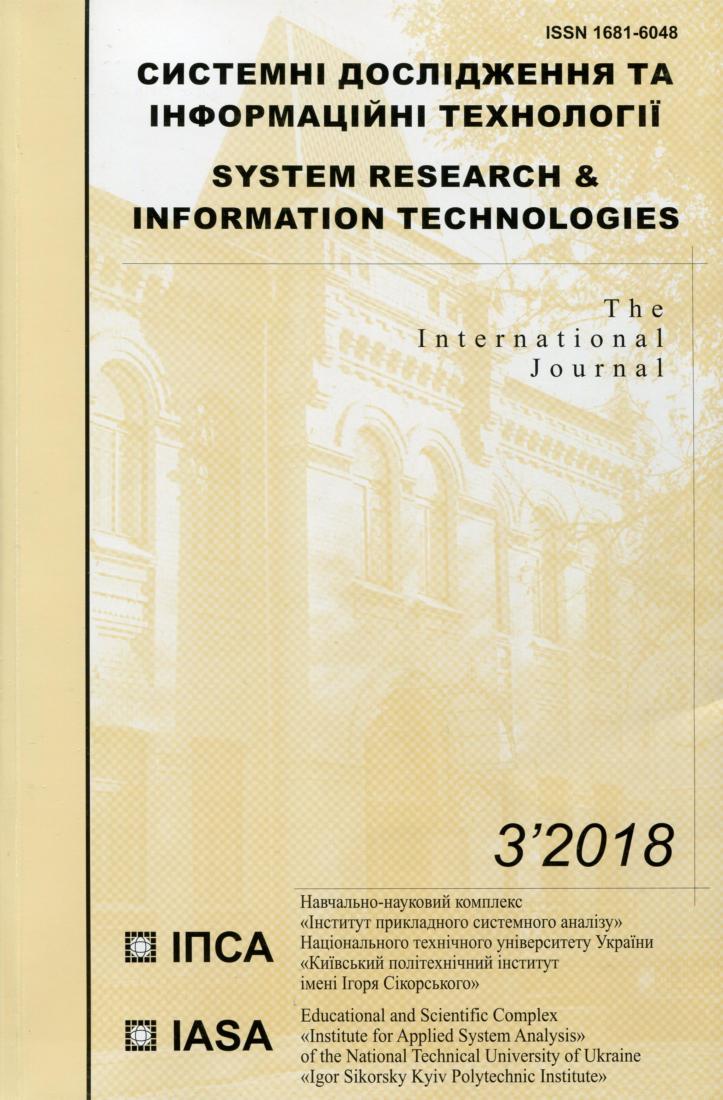Analysis of Moon’s gravitational – wave and Earth’s global temperature: influence of time – frend and cyclic change of distance from Moon
DOI:
https://doi.org/10.20535/SRIT.2308-8893.2018.3.02Keywords:
global temperature, Moon’s gravitational-wave, trend removal, cyclic changeAbstract
This research examined the influence of Moon’s gravitational-wave to Earth’s global warming process and the effects of time-trend and cyclic change of the distance between Moon and Earth. In the pervious research [1], we found that the Moon’s gravitational-wave could influence the process of the Earth’s global warming; and, we also found that Moon’s cyclic movement around Earth needed to be further investigated, because it gave a unique pattern of distribution in the data for the empirical analysis; while both global temperature and global carbon-dioxide increase almost linearly in the time-series. In this research we added dummy binary variables that simulate the trend of time and the cyclic changes. As a result we confirmed that the influence of Moon’s gravitational-wave is significant in the process of rising global temperature on Earth.References
Matsuki Y. Empirical analysis of moon’s gravitational wave and earth’s global warming / Y. Matsuki, P.I. Bidyuk // System Research & Information Technology. — 2018. — N 1. — P. 107–118.
UK Department of Energy and Climate Change (DECC). — Available at: http://en.openei.org/datasets/dataset/b52057cc-5d38-4630-8395-b5948509f764/ resource/f42998a9-071e-4f96-be52-7d2a3e5ecef3/download/england.surface. temp1772. 2009.xls
Boden T.A. Global Regional and National Fossil-Fuel CO2 Emissions / T.A. Boden, G. Marland, R.J. Andres. — Available at: cdiac.orbl.gov/trends/emits/ tre_glob.html cdiac.ornl.gov/trends/emits/tre_glob.html (last access, 8 August 2017)
Moon Distance Calculator – How Close is Moon to Earth? — Available at: https://www.timeanddate.com/astronomy/moon/distance.html?year=1987&n=367.

